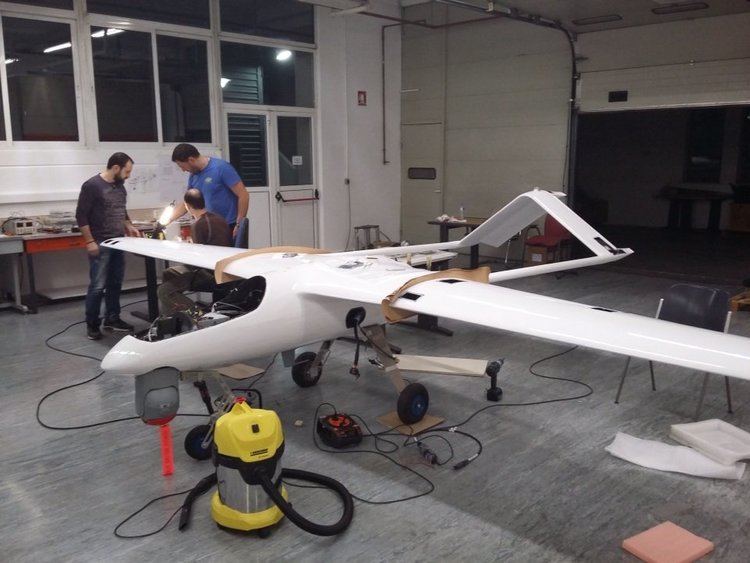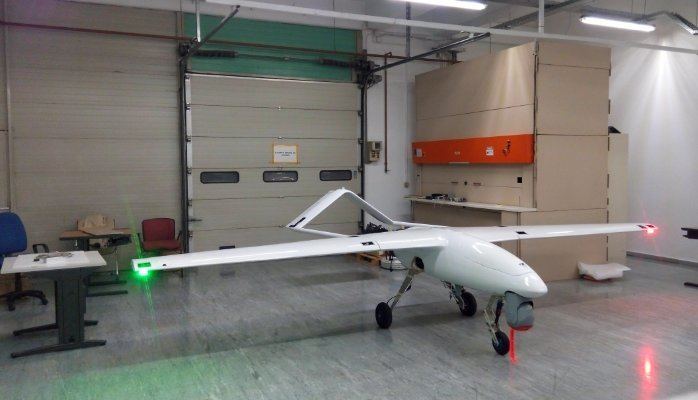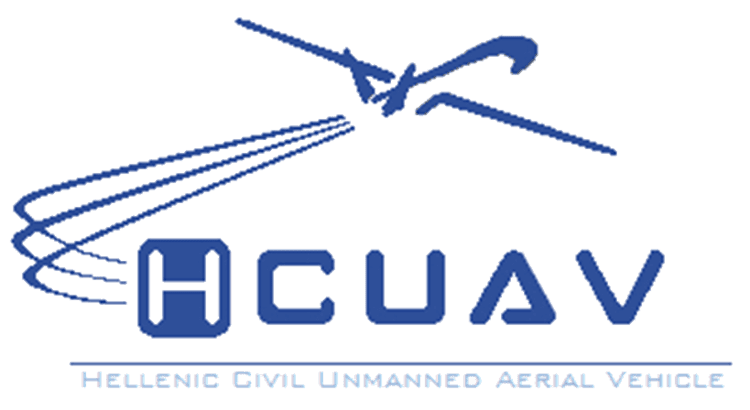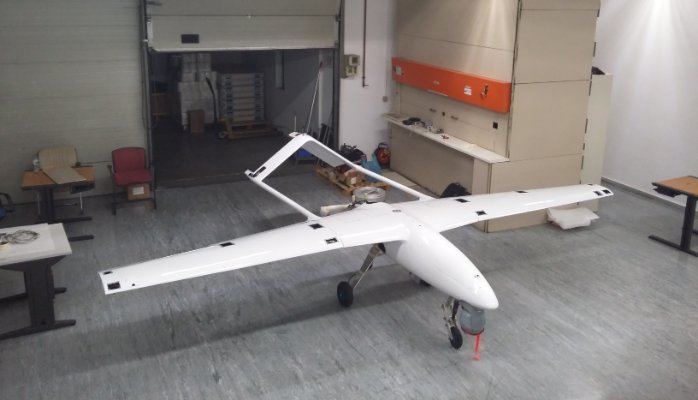 | ||
HCUAV is a research project, whose aim was to design and build a Medium-Altitude-Long-Endurance Unmanned Aerial Vehicle (MALE UAV) in order to carry out civil operations in Greece. Its development started in 2013 and the consortium consists of 6 partners, 3 University Research Groups (LFMT, CSL, LRA) and 3 SMEs (MLS Multimedia, Spacesonic Ltd, Intracom Defense Electronics) and is coordinated by the Laboratory of Fluid Mechanics & Turbomachinery (LFMT) of the Dept. of Mech. Eng. of the Aristotle University of Thessaloniki (AUTH). The chief Engineer of the project is prof. K. Yakinthos (AUTH).
Contents
- space sonic hcuav rx 1 9 9 16
- Mission
- RX 1 prototype
- Specifications
- General characteristics
- Performance
- References

space sonic hcuav rx 1 9 9 16
Mission

The main project goal is the design and construction of a low-cost, high-performance civil UAV, appropriately equipped, for long day and night surveillance/patrol operations, such as sea monitoring, forest fires etc.
RX-1 prototype

Starting from scratch, the HCUAV prototype (RX-1) made its first and successful flight, 36 months after the initiation of the project.
The maiden flight took place in 2016, and lasted approximately 15 minutes.
Specifications
Data from
General characteristics
Performance



